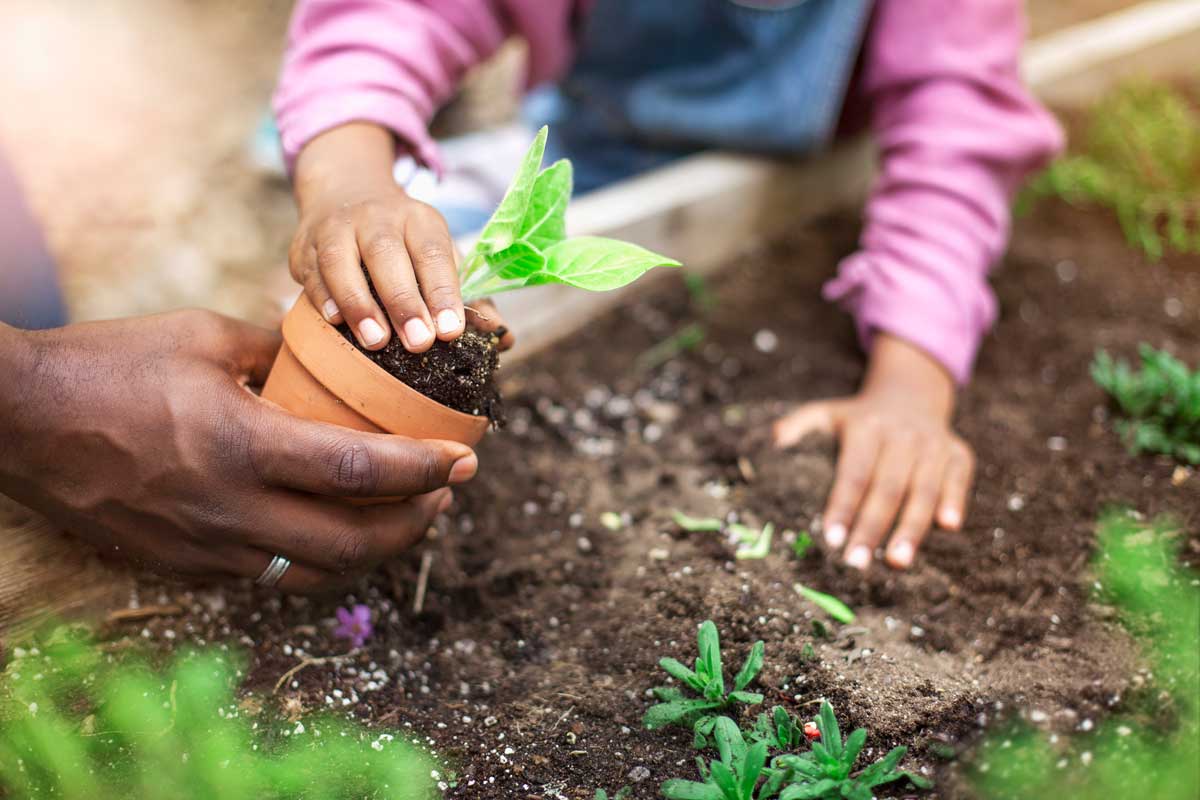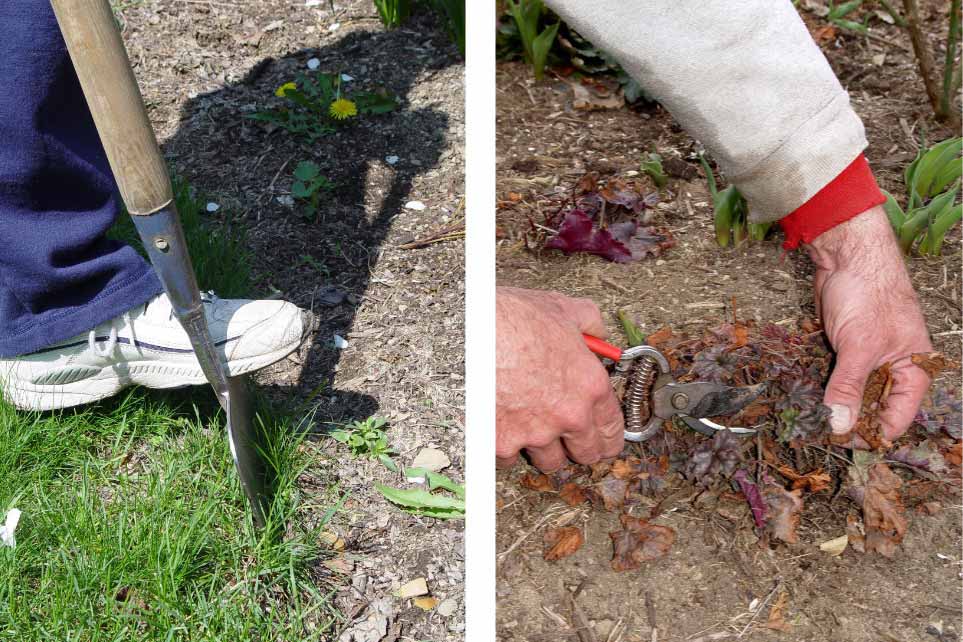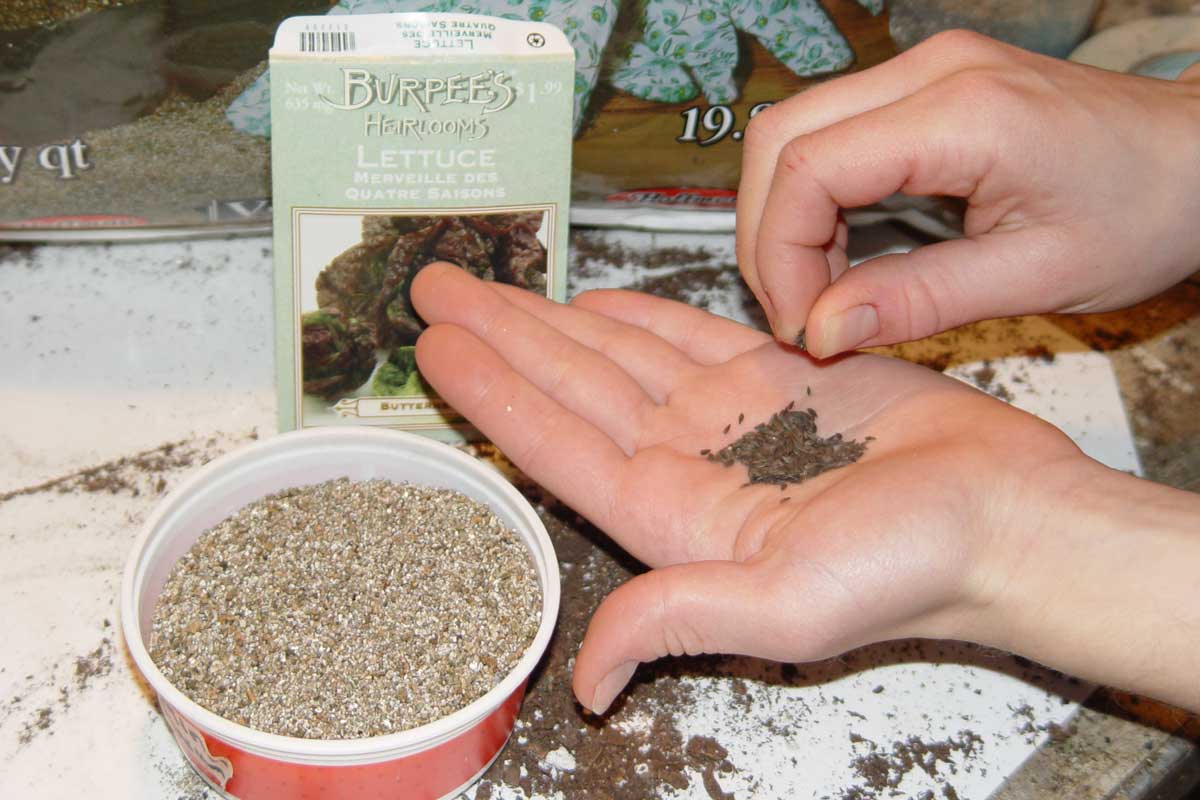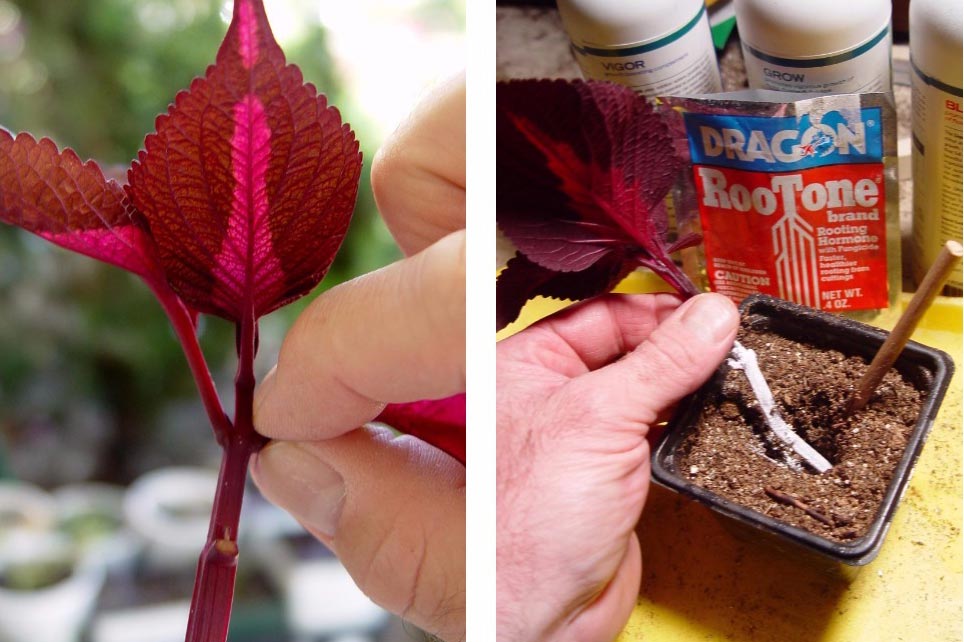Things to Do in the Garden While You’re Social-Distancing
Looking for things to do around the house while social distancing? Spend some time in your garden!

Spring gardening time will be here before you know it! Use any of these methods to prepare, while the weather may not yet be suited to be outside. FangXiaNuo / iStock / Getty Images Plus
The end of winter is typically cabin-fever time for gardeners anyway, but after a year of COVID-19 holing-up, outdoorsy types are even more stir-crazy than usual. What to do until onion-planting time? Try these six stir-crazy “antidotes":
You might not be able to plant tomatoes or cut yard-grown bouquets yet, but lots can be done in the yard on those snowless, above-freezing, late-winter days. Take time to edge the beds, prune dormant trees, yank weeds, cut back browned-out perennials and grasses, and remove any of last year’s left-over dead plants.
While you’re out, check for plants that might have “heaved” partly out of the ground from freezing and thawing. Tamp them back down so exposed roots don’t dry out.
When the weather doesn’t cooperate, use inside time to clean and sharpen tools, buy or order supplies for the coming season (fertilizer, sprays, potting mix, etc.), and ready the mower for 2021 duty. Remember: Preen Garden Weed Preventer can go down as soon as plants are coming back to life at winter’s end, stopping spring weeds before they get out of hand.

Edging beds, left, and cutting browned-out perennial foliage, right, are two jobs that can be done on above-freezing late-winter days. George Weigel
Evergreens, berried shrubs, and even some cold-hardy perennials offer decent plant interest in winter. If/when pandemic and weather conditions allow, stroll through a park, public garden, or neighborhoods with nice landscaping can have a positive effect. Even a stroll through a conservatory or the houseplant section of a garden center can give you a brief shot of spring.
Seed-starting isn’t as hard as you might think. With an inexpensive setup of ordinary workshop fluorescent lights and a little know-how, you can get your fingers in the soil while the snow’s still flying… and save on your plant budget, too.
Most vegetable and flower seeds should be started six to eight weeks before you want them ready to plant outdoors. Even a sunny windowsill is enough to get most plants off to an early start.

Starting seeds inside is a timely February job. George Weigel
The technique of starting new plants from cuttings is also easier than most people think. To start, cut six-inch tips from houseplant branches or over-wintering tropicals, strip off the lower two-thirds of leaves, dip the bottoms in rooting-hormone powder (available from most garden centers and catalogs), and stick the cuttings in damp potting mix.
Keep the mix damp, and within a few weeks, you’ll see new leaves growing if the cuttings have rooted. At that point, you have a free new plant.

Starting plants from cuttings involves sticking stem tips into damp potting mix in an effort to get them to root. George Weigel
Another plant-manipulating trick for late winter is coercing tree and shrub branches to bloom inside. Cut foot-long branch tips from spring-flowering trees and shrubs, plunge them into a bucket of warm water for six hours, then place the bottoms in water-filled vases. In two to four weeks, many will leaf out and/or flower inside, giving you a free bouquet.
The best options are early bloomers, such as Cornelian cherry dogwood, forsythia, fothergilla, witch hazel, crabapple, cherry, ornamental pear, lilac, magnolia, PJM rhododendron, quince, serviceberry, and willow.
Now’s a good time to catch up on that stack of gardening magazines you didn’t have time to read in summer or to curl up with a good gardening book, sign up for a gardening webinar, or peruse the many, many online sites that provide gardening information, advice, virtual tours, how-to videos, and plant suggestions.
Armed with this expanding knowledge, you’ll be ready to plan changes in this year’s landscape and make a list of new plants you’d like to try. Come time to get outside, you’ll be ready to hit the ground planting.